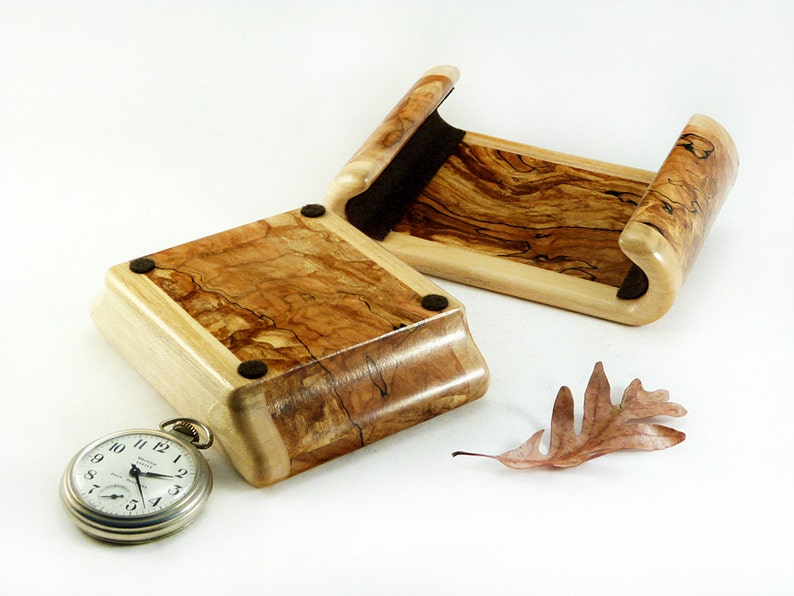

r/Bladesmith is great for those interested in forging knivesĬheck out /r/ChefKnives for all things regarding culinary cutlery r/blacksmith is great for general blacksmithing tips beyond knives If you use water or brine, expect broken blades! Grocery store canola oil can work well -if you use clean preheated oilīrine and water are cheap for "water hardening" steels W, but use fast oils Parks 50 & Houghton Quench K Here is a good post by Kevin Cashen with the Explanation and classification of oil speedsįor heat treating yourself with minimal equipment, find a Eutectoid steel 1080, 1084. Use commercial quench oil & match oil speed to the steel type

Be sure to check the Shipping and Price tabsįorget the Goddard's Goop Quench, Motor Oil, Transmission Fluid Or air quenched A2, ATS34, Elmax, CPM154, 154CM, 440C etc. Oil Hardening Carbon Steels and Air Hardening Stainless Steels Right click and save this and watch it oftenĪ2, ATS34, Elmax, CPM154, 154CM, 440C etc. Heat Treating Basics Video (downloadable) His telephone service is better than his website. For the work involved, it is very cheap to buy and use known good steel.ġ084FG sold by Aldo Bruno is formulated for Knifemaking, Cheap & made for DIY heat-treat. Files, railroad spikes, lawnmower blades and other unknown steels can definitely be used for practice forging but will not perform for a knife. The “welding steel” at Tractor Supply/ Lowes/ Home Depot is mild steel and useless for knivesīuy new, known, annealed blade steel. Knife Shop Safety and PPE by Jim Ferguson (Downloadable, Right Click, Save As)Ībsolute Cheapskate Way To Start Making Knives (PDF) Heat Treating Tool Box- Kevin Cashen's detailed guide to heat treating User Submitted Content: Kiln Build by meepstah Large and in Depth List of Wood for Handles Dirt Cheap Guide to Knife Forging LINKS TO BLOGS AND WEBSITES ARE CONSIDERED SELF-PROMOTION.ĥ) Posts that address questions easily searched or answered in the WIKI will be removed. You are welcome to make transactions private.
#Spalted ambrosia maple mod
Let's make this a very helpful community.Ģ) All official AMAs must be Mod approved with verification.ģ) Keep comments respectful and on topic.Ĥ) Blatant advertising and for sale posts are not allowed. Show off your work and where you work here.

After that, put your dust mask on and turn them like any other bowl.A helpful community for knife makers of all skill levels to talk about different techniques, steels, and tips for others. I rough-turn my spalted bowl blanks first, then let them air dry for about a year to stop the fungal growth. And, you won’t have to spend a penny on the material. If you catch it right, meaning before the spalting process turns the wood punky and unusable for woodworking, you can end up with prime turning blanks in the most fantastic patterns. I haven’t noticed a particular smell that lingers with spalted lumber, once it’s dry and finished, so I think your choice of an oil finish will work fine for your project.Ī great source for spalted wood is just about any firewood pile that’s exposed to occasional moisture. Its random pattern of black jagged lines in the wood is striking, and it’s a case where natural wood decay can be used to pleasing effect. Otherwise, it is beautiful in the eyes of many.Ĭhris Marshall: I’m a fan of spalted wood, both in board form and for woodturning purposes. Treenware items intended for food handling and preparation would probably be best made from something not spalted. A good sealer and finish will lock in anything that might cause smells or contamination from contact. Your project will require that your wood be dried down to ordinary cabinet lumber moisture content. decaying woodand then marketed under the far more palatable term 'ambrosia. The fungi require high moisture content in the wood to be able to grow and be active. Applied to spalted maple, this same finish results in an almost iridescent finish. Spalting is the natural breakdown of the tree. Remember, nearly ALL wood dust can be harmful to our respiratory tracts. At least, they are not more harmful than the wood and wood dust from whence they come. Tim Inman: The fungi that cause spalting are not necessarily harmful. Will that sufficiently seal the surface so there won’t be any residual musty smell from the piece? Or am I totally off-track in wanting to use these boards? – J ay Cooper I want to stop any potential for further deterioration that may be caused by the fungi that have caused the spalting to begin with, as I hope the final project will be handed down from parents to grandchildren. Should I treat the boards with a fungicide (like for lawns and shrubs), or some other chemical, prior to finishing? I’m thinking of finishing the final piece with a three-part oil finish. I have some beautiful curly, spalted, air-dried maple boards that I want to incorporate into an indoor project.


 0 kommentar(er)
0 kommentar(er)
